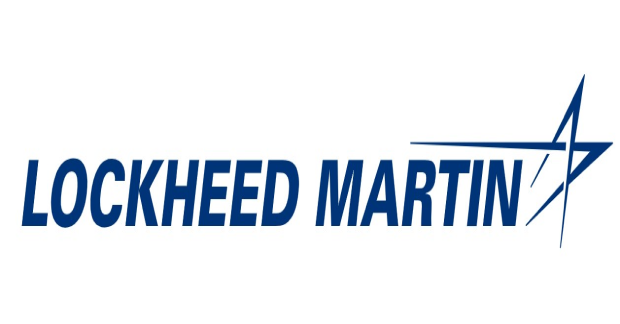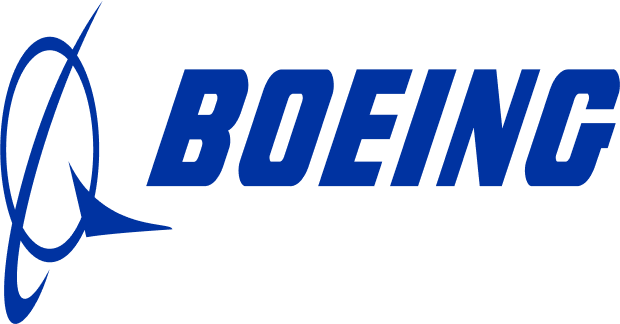Market Size of australia aviation Industry
|
|
Study Period | 2017 - 2030 |
|
|
Market Size (2024) | USD 3.23 Billion |
|
|
Market Size (2030) | USD 4.46 Billion |
|
|
Largest Share by Aircraft Type | Commercial Aviation |
|
|
CAGR (2024 - 2030) | 5.55 % |
|
|
Fastest Growing by Aircraft Type | Military Aviation |
Major Players |
||

|
||
|
*Disclaimer: Major Players sorted in no particular order |
Australia Aviation Market Analysis
The Australia Aviation Market size is estimated at 3.23 billion USD in 2024, and is expected to reach 4.46 billion USD by 2030, growing at a CAGR of 5.55% during the forecast period (2024-2030).
3.2 B
Market Size in 2024 (USD)
4.5 B
Market Size in 2030 (USD)
1008
Total Deliveries in the Historic Period (2017-2023)
1469
Total Deliveries during the Forecast Period (2024-2030)
Largest Market by Aircraft Type
57.79 %
value share, Commercial Aviation, 2023
Increasing air passenger traffic and its recovery to pre-pandemic levels, coupled with the replacement of existing aircraft with advanced sustainable aircraft, are driving the commercial aviation market.
Largest Market by Sub-Aircraft Type
57.79 %
value share, Passenger Aircraft, 2023
Strong economic growth and the increasing middle-income population are fueling the growth of air passenger traffic and generating demand for passenger aircraft.
Leading Market Player
43.05 %
market share, Lockheed Martin Corporation, 2022

The company's ability to provide its most advanced fighter jets with superior lethality, connectivity, and survivability is driving it to capture a major market share.
Second Leading Market Player
19.07 %
market share, The Boeing Company, 2022

Several types of aircraft across the commercial, military, and general aviation sectors are being offered by the company, which is encouraging it to be a second-leading player.
Third Leading Market Player
17.48 %
market share, Airbus SE, 2022

The company provides an extensive range of products across the commercial, military, and general aviation sectors through Airbus, Airbus Helicopters, and Airbus Defence and Space.
Military aviation is driving the overall aviation activity in Australia
- The air transportation industry, comprising airlines and their supply chain, is projected to contribute around USD 39 billion of GDP annually to the Australian economy. In all, inputs to the air transport sector and foreign tourists coming by air support more than 2% of the country's GDP.
- The deliveries in overall aviation witnessed a fall of around 50% in 2020. The OEMs experienced problems such as a halt in production, supply chain issues, and transportation issues due to the lockdown. In commercial aviation, the country's airline companies witnessed a 6% rise in air passenger traffic during 2019-2022, with faster recovery in domestic aviation leading to a surge in the procurement of narrow-body aircraft. During the forecast period, 2022-2030, around 160 commercial aircraft are expected to be delivered to the country.
- In the general aviation sector, the overall delivery comprising business jet, helicopter, Piston, and Turboprop aircraft surged around 48% during 2019-2022. Factors such as the increasing rate of HNWIs, training schools, and the fleet expansion of Charter operators in the country are expected to propel the general aviation sector.
- The country's defense expenditure surged around 24% from 2020-2021, rising from USD 26 billion in 2029 to USD 32 billion in 2022. The defense expenditure of the country was 2% of the GDP. The ongoing conflicts and security challenges from China and the need to replace the aging fleet have propelled the procurement of military aircraft in the country.
Australia Aviation Industry Segmentation
Commercial Aviation, General Aviation, Military Aviation are covered as segments by Aircraft Type.
- The air transportation industry, comprising airlines and their supply chain, is projected to contribute around USD 39 billion of GDP annually to the Australian economy. In all, inputs to the air transport sector and foreign tourists coming by air support more than 2% of the country's GDP.
- The deliveries in overall aviation witnessed a fall of around 50% in 2020. The OEMs experienced problems such as a halt in production, supply chain issues, and transportation issues due to the lockdown. In commercial aviation, the country's airline companies witnessed a 6% rise in air passenger traffic during 2019-2022, with faster recovery in domestic aviation leading to a surge in the procurement of narrow-body aircraft. During the forecast period, 2022-2030, around 160 commercial aircraft are expected to be delivered to the country.
- In the general aviation sector, the overall delivery comprising business jet, helicopter, Piston, and Turboprop aircraft surged around 48% during 2019-2022. Factors such as the increasing rate of HNWIs, training schools, and the fleet expansion of Charter operators in the country are expected to propel the general aviation sector.
- The country's defense expenditure surged around 24% from 2020-2021, rising from USD 26 billion in 2029 to USD 32 billion in 2022. The defense expenditure of the country was 2% of the GDP. The ongoing conflicts and security challenges from China and the need to replace the aging fleet have propelled the procurement of military aircraft in the country.
| Aircraft Type | |||||||||||||||||||
| |||||||||||||||||||
| |||||||||||||||||||
|
Australia Aviation Market Size Summary
The Australian aviation market is poised for significant growth, driven by a robust recovery in air passenger traffic and strategic investments in both commercial and defense aviation sectors. The market is characterized by a strong focus on fleet modernization and expansion, with major airlines like Qantas leading the charge in replacing aging aircraft models. The resurgence in domestic and international travel demand has prompted airlines to continue their aircraft deliveries and restructure their fleets, ensuring a steady increase in air passenger numbers. The general aviation sector is also experiencing a surge, fueled by the rising number of high-net-worth individuals and the expansion of charter operators. This growth trajectory is supported by the country's strategic location and its role as a key player in the Indo-Pacific region.
On the defense front, Australia's aviation market is significantly influenced by the country's increased defense expenditure, driven by regional security challenges, particularly from China. The Australian government has committed to substantial investments in military aircraft procurement and modernization, aligning with its strategic defense interests in the Indo-Pacific region. This focus on enhancing defense capabilities is further bolstered by collaborations with the United States and other regional allies. The market is fairly consolidated, with major players like Airbus, Boeing, and Lockheed Martin dominating the landscape. These dynamics underscore the critical role of aviation in Australia's economic and strategic framework, positioning the market for continued expansion and innovation in the coming years.
Australia Aviation Market Size - Table of Contents
-
1. MARKET SEGMENTATION (includes market size in Value in USD and Volume, Forecasts up to 2030 and analysis of growth prospects)
-
1.1 Aircraft Type
-
1.1.1 Commercial Aviation
-
1.1.1.1 By Sub Aircraft Type
-
1.1.1.1.1 Freighter Aircraft
-
1.1.1.1.2 Passenger Aircraft
-
1.1.1.1.2.1 By Body Type
-
1.1.1.1.2.1.1 Narrowbody Aircraft
-
1.1.1.1.2.1.2 Widebody Aircraft
-
-
-
-
-
1.1.2 General Aviation
-
1.1.2.1 By Sub Aircraft Type
-
1.1.2.1.1 Business Jets
-
1.1.2.1.1.1 By Body Type
-
1.1.2.1.1.1.1 Large Jet
-
1.1.2.1.1.1.2 Light Jet
-
1.1.2.1.1.1.3 Mid-Size Jet
-
-
-
1.1.2.1.2 Piston Fixed-Wing Aircraft
-
1.1.2.1.3 Others
-
-
-
1.1.3 Military Aviation
-
1.1.3.1 By Sub Aircraft Type
-
1.1.3.1.1 Fixed-Wing Aircraft
-
1.1.3.1.1.1 By Body Type
-
1.1.3.1.1.1.1 Multi-Role Aircraft
-
1.1.3.1.1.1.2 Training Aircraft
-
1.1.3.1.1.1.3 Transport Aircraft
-
1.1.3.1.1.1.4 Others
-
-
-
1.1.3.1.2 Rotorcraft
-
1.1.3.1.2.1 By Body Type
-
1.1.3.1.2.1.1 Multi-Mission Helicopter
-
1.1.3.1.2.1.2 Transport Helicopter
-
1.1.3.1.2.1.3 Others
-
-
-
-
-
-
Australia Aviation Market Size FAQs
How big is the Australia Aviation Market?
The Australia Aviation Market size is expected to reach USD 3.23 billion in 2024 and grow at a CAGR of 5.55% to reach USD 4.46 billion by 2030.
What is the current Australia Aviation Market size?
In 2024, the Australia Aviation Market size is expected to reach USD 3.23 billion.

